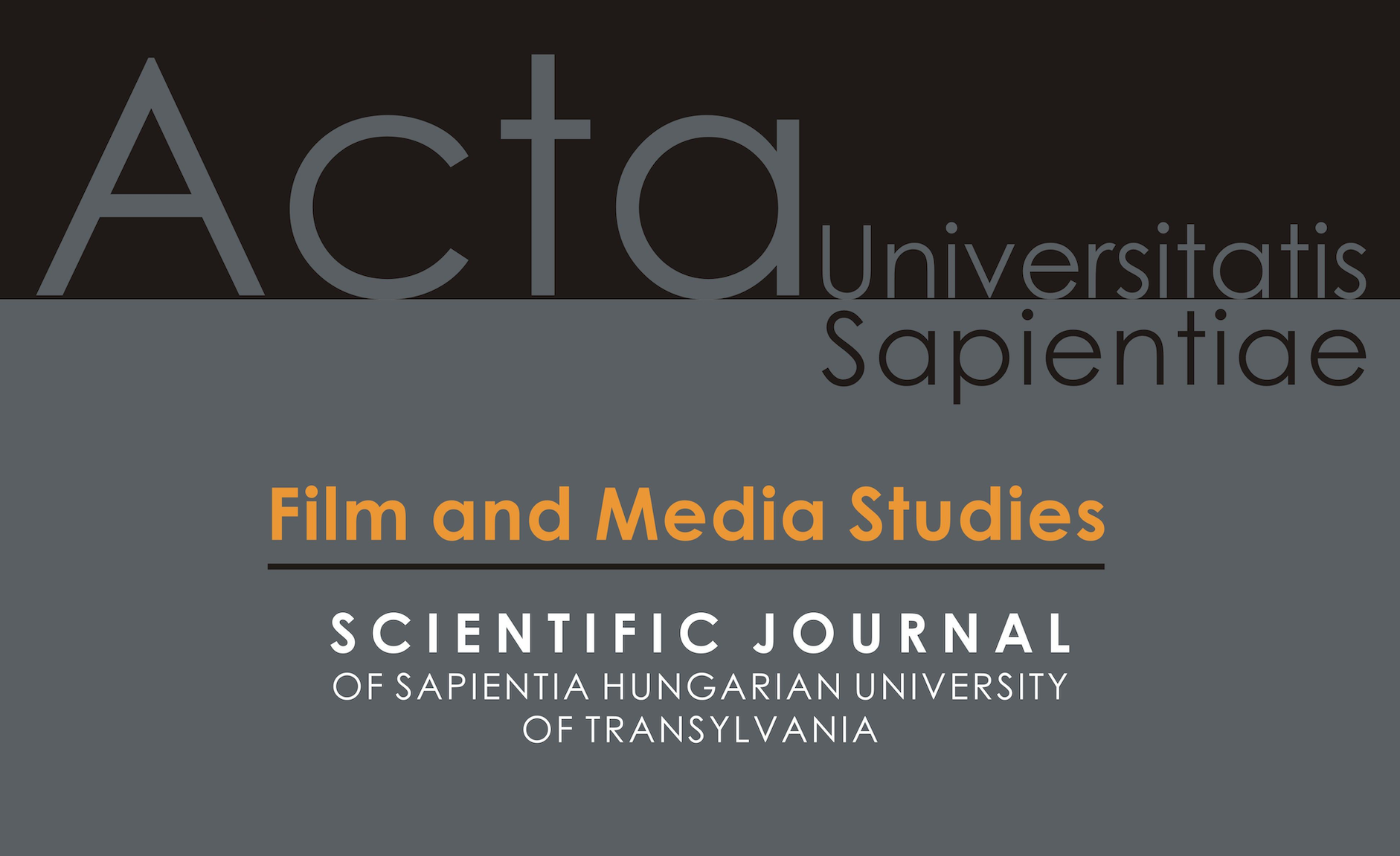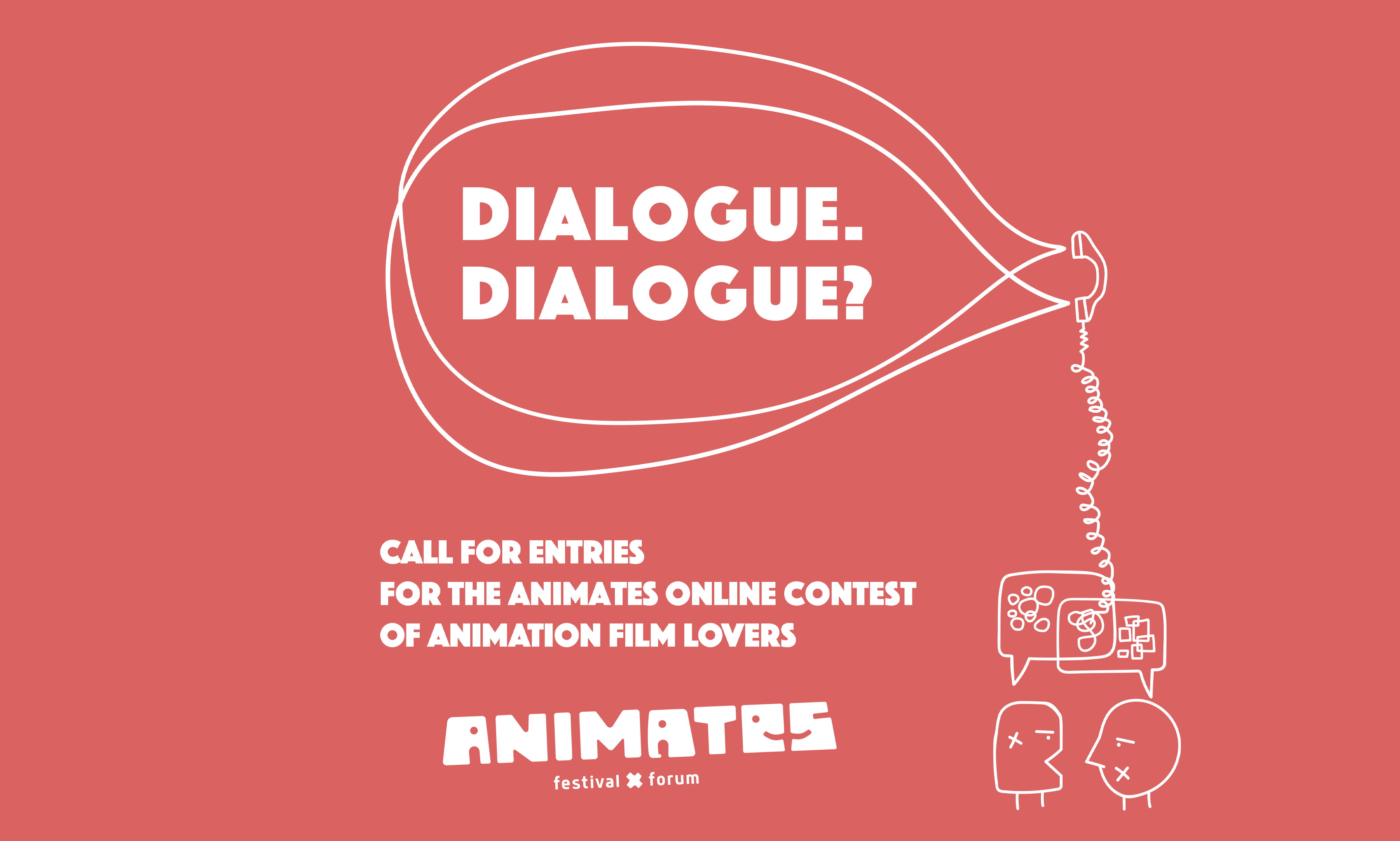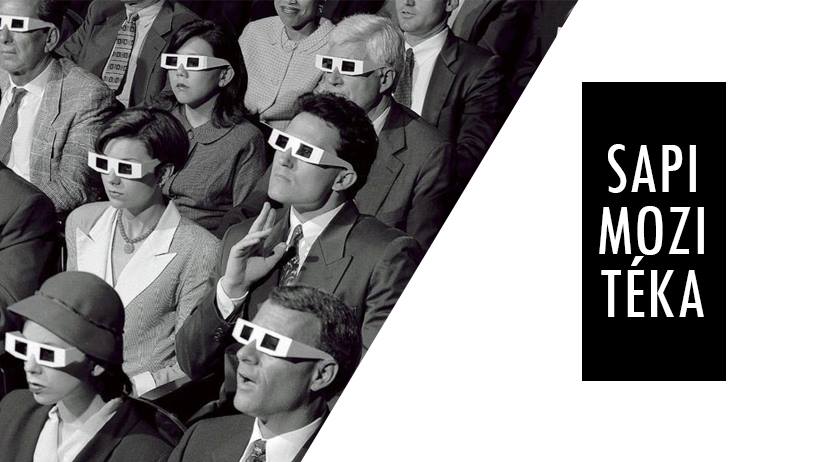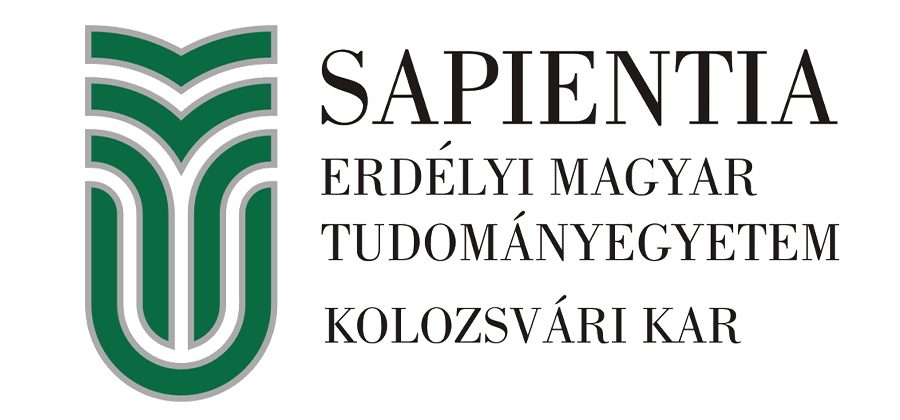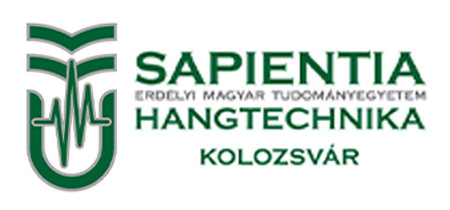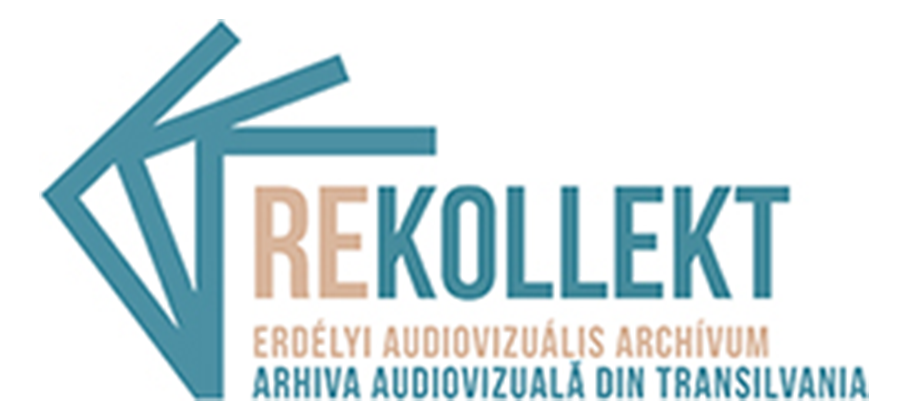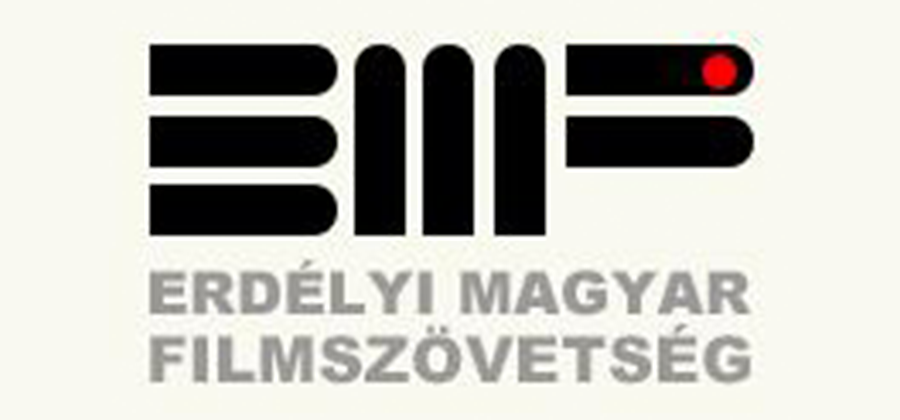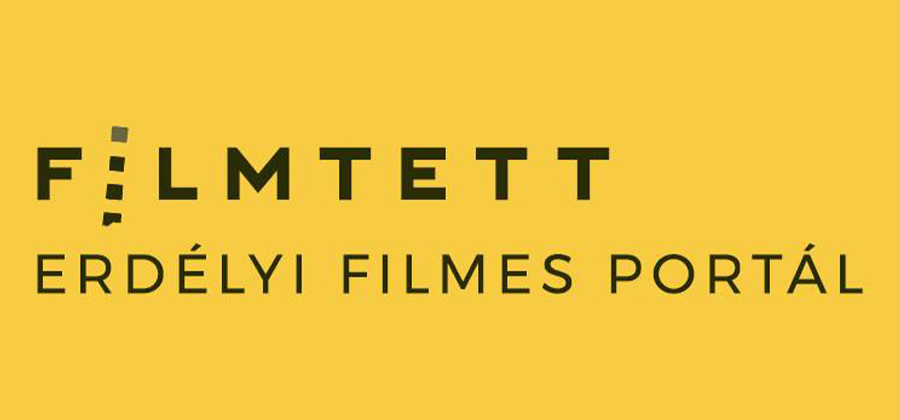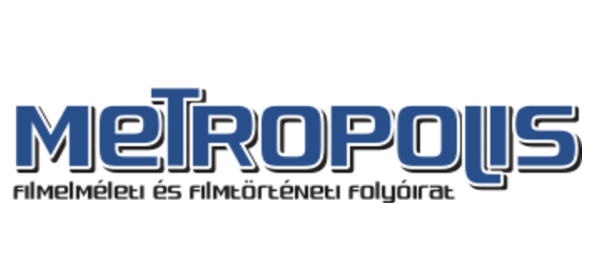| Research / Conferences / | previous | next |
THE REAL AND THE INTERMEDIAL
Organized within the framework of the research project on intermediality supported by CNCS-UEFISCDI Cluj-Napoca, October 23-24, 2015. Deadline for proposals: June 30, 2015.
Conference venue: Sapientia University, Cluj-Napoca Calea Turzii nr. 4.
CONFERENCE BOOKLET (PROGRAMMEÂ AND ABSTRACTS)
Conference report written by Malgorzata Bugaj (University of Edinburgh) and published in Studies in Eastern European Cinema can be read here.
Keynote speakers
- LÃCIA NAGIB, Professor of Film, Director of the Centre for Film Aesthetics and Cultures, University of Reading, Director of International Engagement, Department of Film, Theatre and Television, editor of Impure Cinema: Intermedial and Intercultural Approaches to Film (2013), Theorizing World Cinema (2012), Realism and the Audiovisual Media (2009), author of World Cinema and the Ethics of Realism (2011), as well as several seminal articles on Brazilian, German, French, and Japanese cinema.
- JÃRGEN E. MÃLLER, Professor of Media Studies at the University of Bayreuth, author of IntermedialitÃĪt, Fromen moderner kultureller Kommunikation (1996), editor of Digital Media and the Expansion of the Arts(2006), IntermÃĐdialitÃĐ et socialitÃĐ. Histoire et gÃĐographie d'un concept (2007), Media Encounters and Media Theories (2008), and articles on the history and theory of intermediality, and digital media.
- LAURA MULVEY, Professor at the Department of Film, Media and Cultural Studies, Birkbeck, University of London. Her major works include:  Fetishism and Curiosity: Cinema and the Mind's Eye(2013), Visual and Other Pleasures (2009), Death 24 x a Second: Stillness and the Moving Image(2006), together with groundbreaking articles on narrative film, feminist film theory, the aesthetics of stillness in the moving image, etc. She is also a prominent avant-garde filmmaker, who co-wrote and co-directed several experimental essay films.
See Laura Mulvey's keynote speech here:
Real, Digital, Intermedial? When Intermediality Meets Augmented Realities and New Documentaries
CALL FOR PAPERS
Following up on the themes introduced in our previous conferences dedicated to "film in the post-media age", the "cinema of sensations", "rethinking intermediality in the digital age", and "figurations of intermediality in film", we invite you to address one of the most puzzling phenomena of contemporary media and film: the intertwining of the illusion of reality with effects of intermediality, connecting the experience of a palpable, everyday world with artificiality, abstraction and the awareness of multiple mediations. While on an ontological level the concept of the "real" has been radically challenged by the advent of digital technology in photography and the movies, we find that new, audiovisual media have also effectively reshaped our sense of reality, and have expanded the areas of our sensual reach into the world. In our post-postmodern age, the question of the "real" is back with a vengeance regarding all aspects of media. The digital image, as a "graphic mode" has not only brought back painting reinstating "the âartist' as the source and origin of the movie" (T. Elsaesser), but in cinema, television and new media, we also have diverse and astonishing examples in which hypermediacy fulfils "the desire for immediacy" (J. D. Bolter), and we see productive intersections between the emphasis on the senses, on the physical-biological, socio-political "reality" of existence and conspicuous, intermedial stylization.Â
The photo-graphic effect of stillness in the moving image and its fundamental relation to indexicality is exploited to the full in the so-called "slow cinema" canon, as we see in the breathtaking films of Pedro Costa, Abbas Kiarostami, BÃĐla Tarr, Alexander Sokurov, Lav Diaz, for example. Or we may think of cases in which painterly images of ethereal beauty are created alongside violent, shockingly naturalistic scenes in the films of Carlos Reygadas, Kim-Ki Duk, etc. Jean-Luc Godard's new movie, Goodbye to Language, a bold incursion into the use of 3D, renders scenes of nature and the texture of everyday things in vivid, artificial imagery. (Even the recent teaming up of David Attenborough and BjÃķrk for such a new media Gesamtkunstwerk experiment as Biophilia, emphasizes this duality.)Â
Cultural differences, subjectivity, a sense of history and place are often articulated through techniques of intermediality in avant-garde experiments, documentary practices or fiction films alike. As a rule, the "haptic" image can be seen as the gateway to a myriad of connections between cinema and the other arts. In certain cases, a reflexive foregrounding of mediality and constructedness has become not an instrument of ironic detachment but of a search for authenticity: all of which may also bring into focus the co-experience of "the real" with the "intermedial".
We are especially interested in the following topics (but welcome any paper that proposes a relevant approach to either keywords of the conference):
- "Reality effect", hybridity and media reflexivity in film, television, and new media.
- Intermediality and inter-sensuality in film: e.g. the represented and sensed body as a site of intermedial relations, haptic "texturality" and interartiality.
- Figurations of intermediality as imprints of (and meditations upon) history and time, cultural and personal identity.
- "Analogue" versus "digital" viewed in terms of the "real" versus the "intermedial".
- Painterly stylization and "reality effect" in slow cinema.
- Inflections of realism and intermediality within the post-communist cinema of Central and Eastern Europe.
- Magical realism in world cinema.
- The merging of the "representation" and the "real" within the rhetoric of intermedial cinema (e.g. the tensions underlying "poetic realism", techniques of figuration and disfiguration, the various forms of media collage or the tableau vivant in cinema).
- Intermediality theorized or analysed from the perspective of phenomenological or postphenomenological points of view.
Submission of proposals
We invite proposals both for individual papers and pre-constituted panels. Panels may consist of 3 or 4 speakers.
Deadline for the submission of proposals: June 30, 2015.
Please fill in one of the SUBMISSION FORMS below:
For additional information you can contact the organizers directly at this e-mail address:
2015.real.intermedial@gmail.com
The official language of the conference is English.
The time for presentations is limited to maximum 20 minutes, followed by a 10 minute debate.
Conference fee (which includes participation, conference buffet and banquet): 120 EUR, special fee for participants from post-communist/communist countries:Â 70 EUR. The fee is to be paid on arrival at the conference registration desk.
A selection of papers based on the conference presentations will be published in our department's international, peer reviewed journal (Acta Universitatis Sapientiae. Film & Media Studies) indexed in several international databases or in a conference volume.
We address this call for papers not only to university scholars, researchers but also to students of PhD programs, or even to M.A. students who wish to engage in a debate on the given topic.
The conference proposes to facilitate academic communication between existing centers of research specializing in film and media studies within different universities, and at the same time, it encourages students on different academic levels to be initiated into scientific research.
Recommended possibilities of accommodation:
To help you make your own booking, here is a list of hotels and hostels located in the vicinity of the conference venue, at a maximum distance of 15 minutes' walk. You can make your reservation either by phone or via e-mail (usually the hotel/hostel staff speaks English). Please note that the Conference itself makes no bookings. However, if all your attempts to reserve a room prove unsuccessful, do contact the organizing committee.
Fullton Hotel ***
www.fullton.ro/
Tel./fax: +40 264 597 898; tel.: +40 264 597 766
E-mail: office@fullton.ro
Hotel Transilvania ***
http://www.hoteltransilvaniacluj.ro/en/
Tel.: +40 264 594 429
E-mail: reception@hoteltransilvaniacluj.ro
Melody Hotel ***
http://centralmelody.com/en/
Tel.: +40 264.597465
E-mail: rezervari@centralmelody.com
City Plaza Hotel ****
www.cityhotels.ro/
Tel.: +40 264 450 101; fax: +40 264 450 152
E-mail: contact@cityhotels.ro
Hotel Meteor ***
http://www.hotelmeteor.ro/
Tel:Â +40 264 591 060
E-mail: hotelmeteorcluj@yahoo.com
Transylvania Hostel
www.transylvaniahostel.com
Tel.: +40 264 443 266; mobile: +40 371 172 075
E-mail: office@transylvaniahostel.com
Retro Youth Hostel
http://www.retro.ro/
Tel:Â +40 264 450 452
E-mail:Â retro@retro.ro
Hostel Heltai
http://www.cazareclujnapoca.ro/en/Hostel/Hostel-Heltai-75.html
Tel./fax: +40 264 590 096
E-mail: heltai_gaspar@yahoo.com
Â
Travel information
Cluj Napoca Airport: www.airportcluj.ro/
Low-cost flights to Cluj: http://book.wizzair.com/
Cluj Napoca Airport is located at 8 km from the city, so it is easy and fairly cheap to get to the center by taxi or bus.




